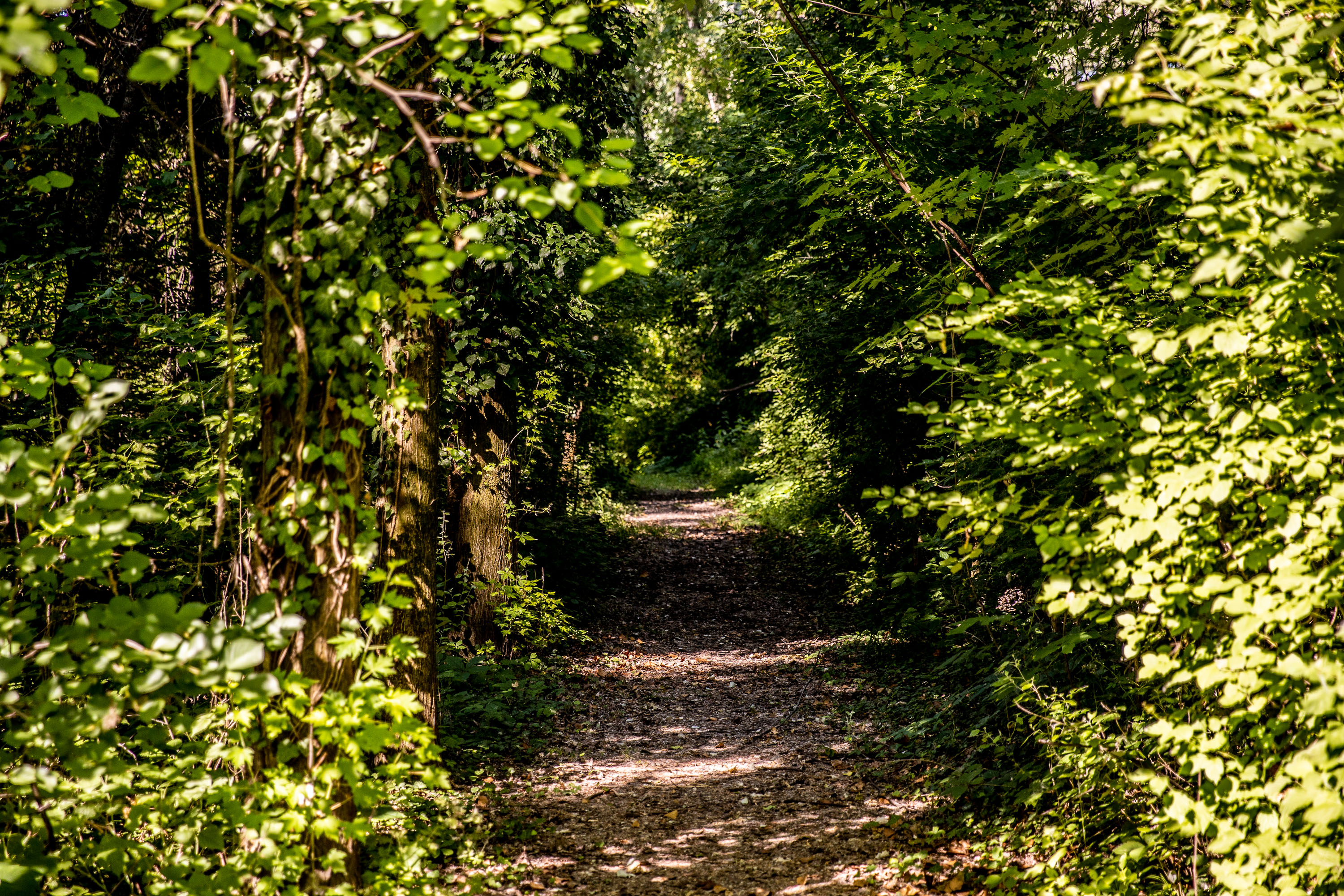There are fewer and fewer places in the city where you
can enjoy nature in its own untouched beauty. Háros Island at Háros Bay and
its little brother, Hunyadi Island, provide just that opportunity.
There were
once three independent islands in the southern part of the Danube section of
the capital, near Budatétény, but when the Little Danube side was filled up as a
result of river regulation in 1911, two of them – Háros and Hunyadi – became
peninsulas.
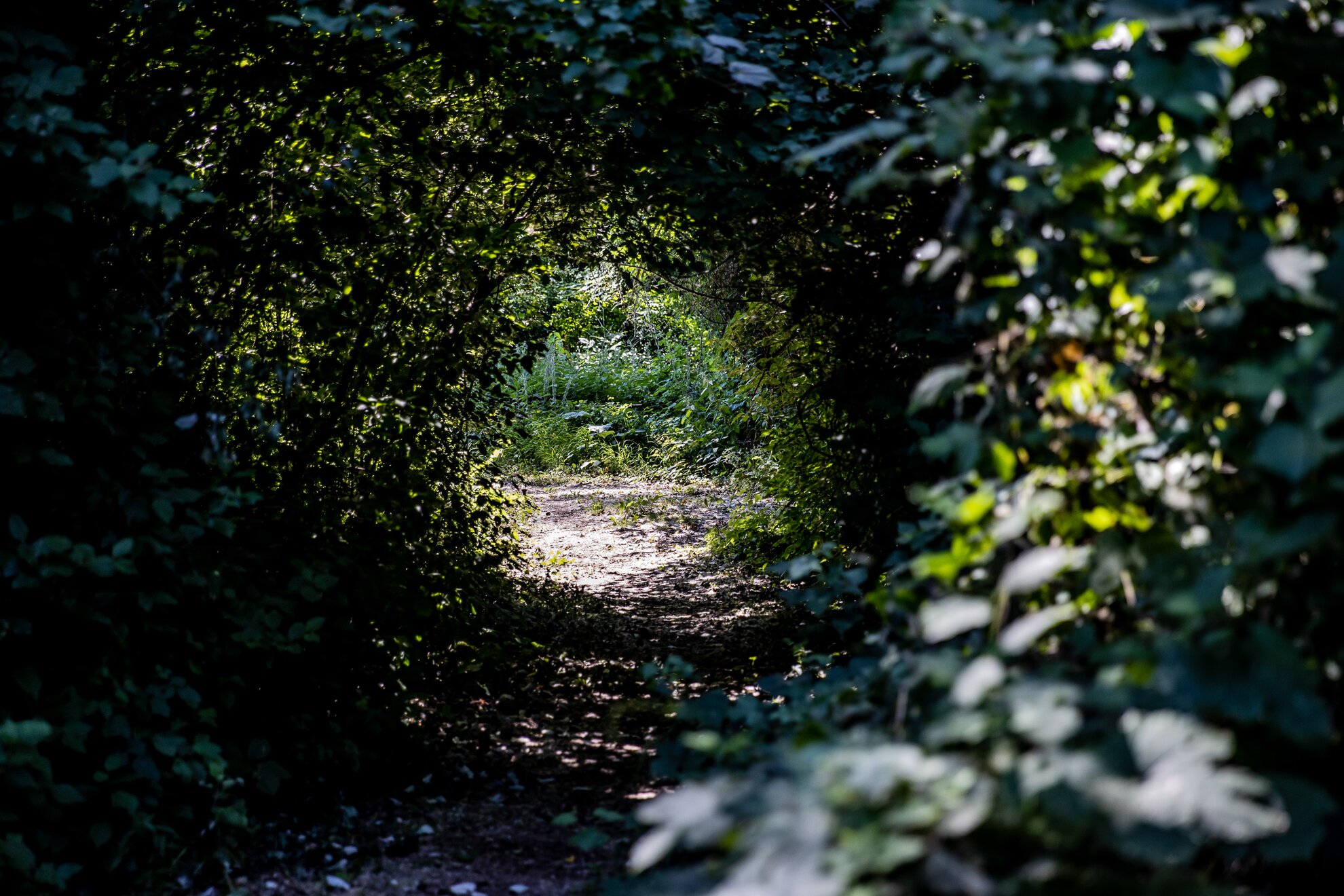
Outsiders can only visit as part of a tour, currently offered weekly, for free, a walk surrounded by the wild grapes that dot the trees and carpet the ground like a rug.
Háros Island – which can also be seen from the
Hunyadi nature trail – was named after the villages of Alháros and Felháros,
destroyed in the great flood of 1838, but was preceded by Fácános-
és Csőt-sziget. ‘Pheasant Island’ was named after the birds who liked to reside
amid this kind of floodplain vegetation, Csőt because of the village
that stood here in the Árpád era around 1,000AD.
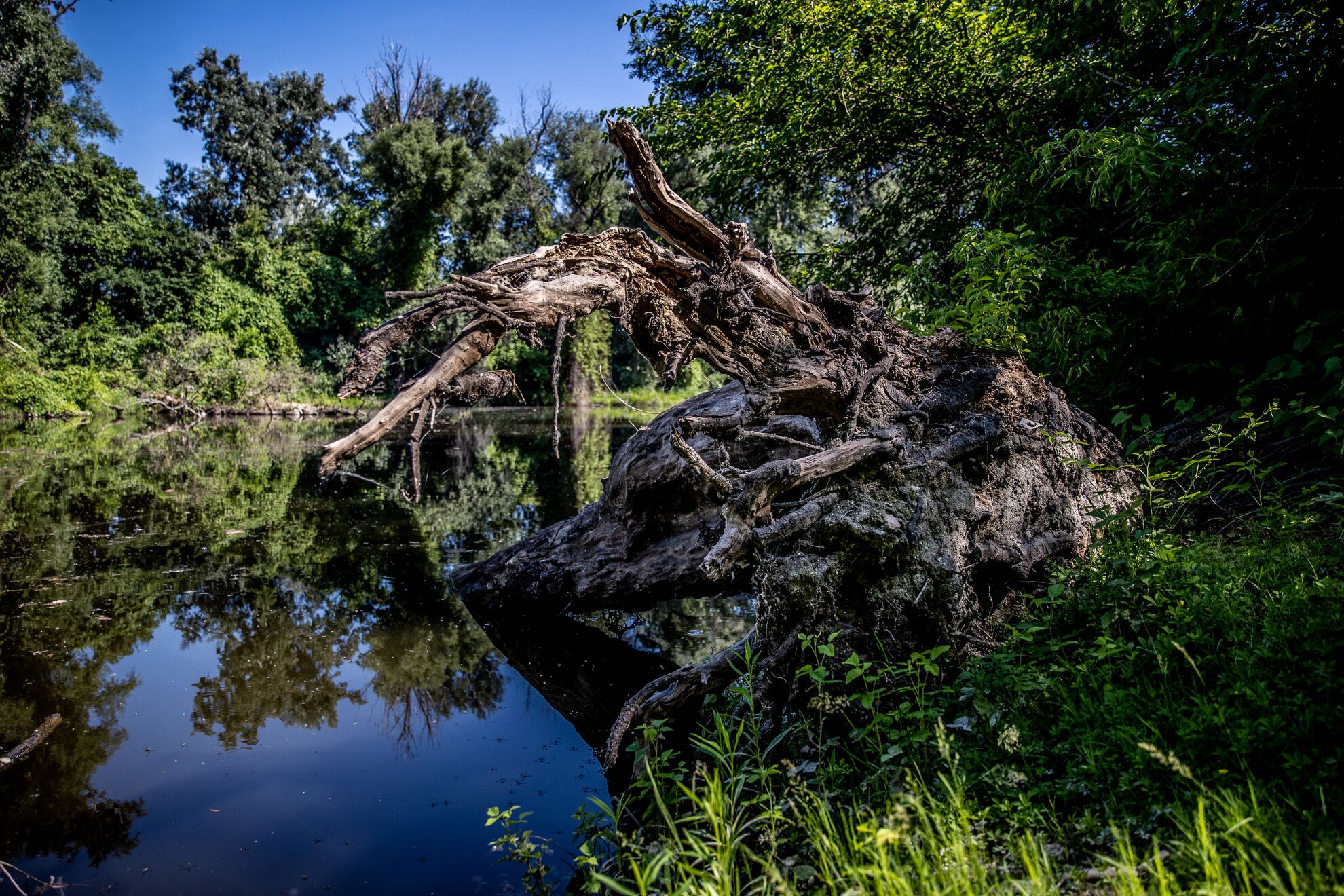
Vines have since strangled local medieval remains – on the island of Háros once stood a monastery for exiles from Prémontré, destroyed during the Turkish attacks, their remains resting under layers of grapes and alluvium.
Viticulture has long been practised on the islands, and a wild version of it still shapes the landscape, a veil of wild grapes encircling the softwood grove almost feels like a tropical rainforest. And that vegetation is what lends the place its charm as you walk along the Hunyadi Island nature trail.
Sometimes you half-expect a deer to appear as if out of a Jason Momoa movie. Instead, there are shapes of army vehicles, pontoon bridges and abandoned dachas popping up here and there amid the woods, echoes of a strangely abandoned, dystopian world.
So, if the island is inaccessible, why all these remains of civilisation? From 1928, bridge and sapper formations were stationed on Hunyadi Island, and the repair of the machines took place here, while the Horthy Riding School, later the Hunyadi Barracks, operated on the adjoining plot. The area was under the control of the army, and it is precisely because of the strict protection it once had that the natural world remained in place.
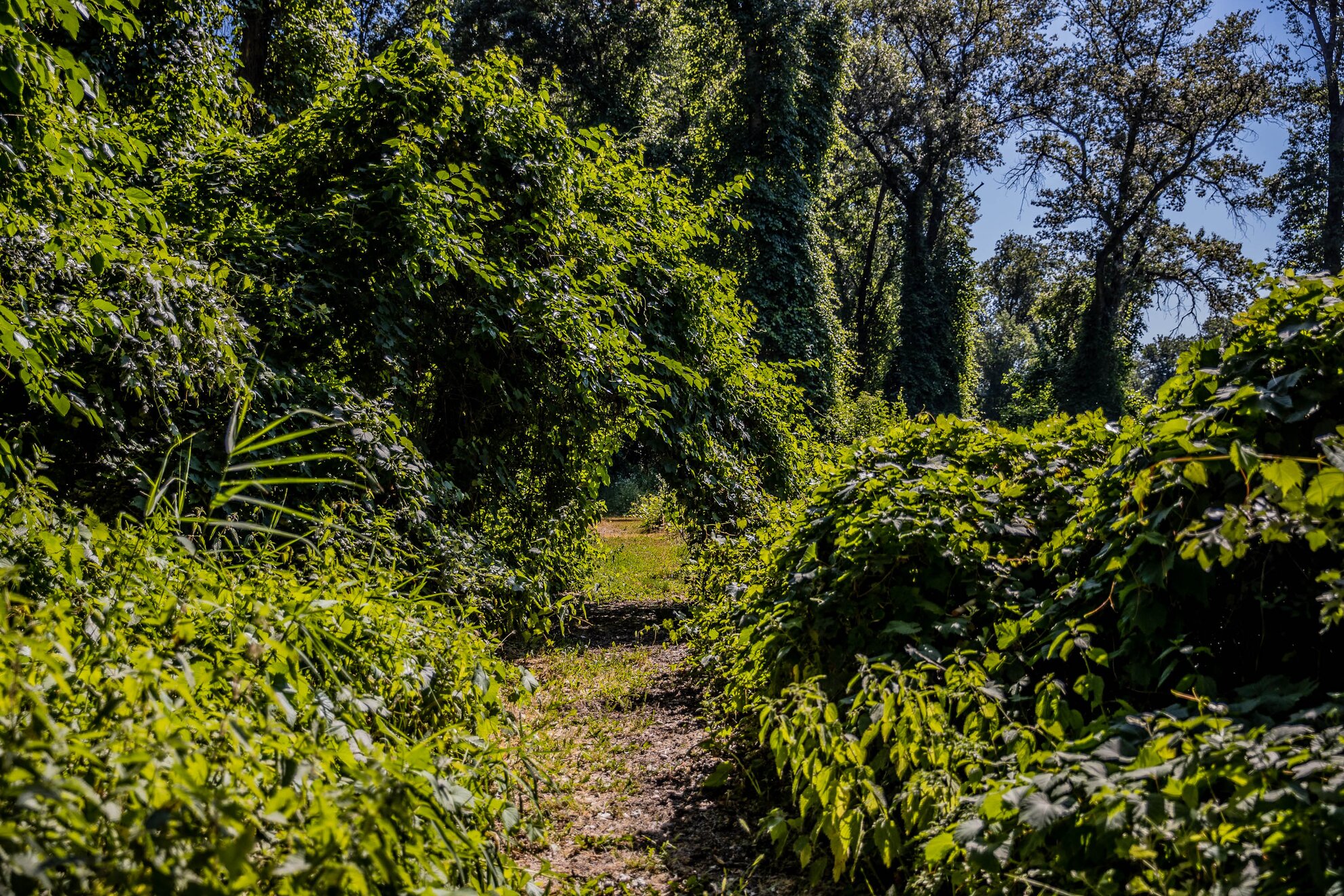
Of the islands, only Hunyadi can be visited, where the Honvéd ('Army) Angling Association has developed a well-kept nature trail, which we can also visit at a pre-arranged time, mostly in groups, with a guide.
Hunyadi Island has been declared a protected area thanks to the initiative of enthusiastic environmentalists, because such vegetation can only be found here in the Danube catchment area.
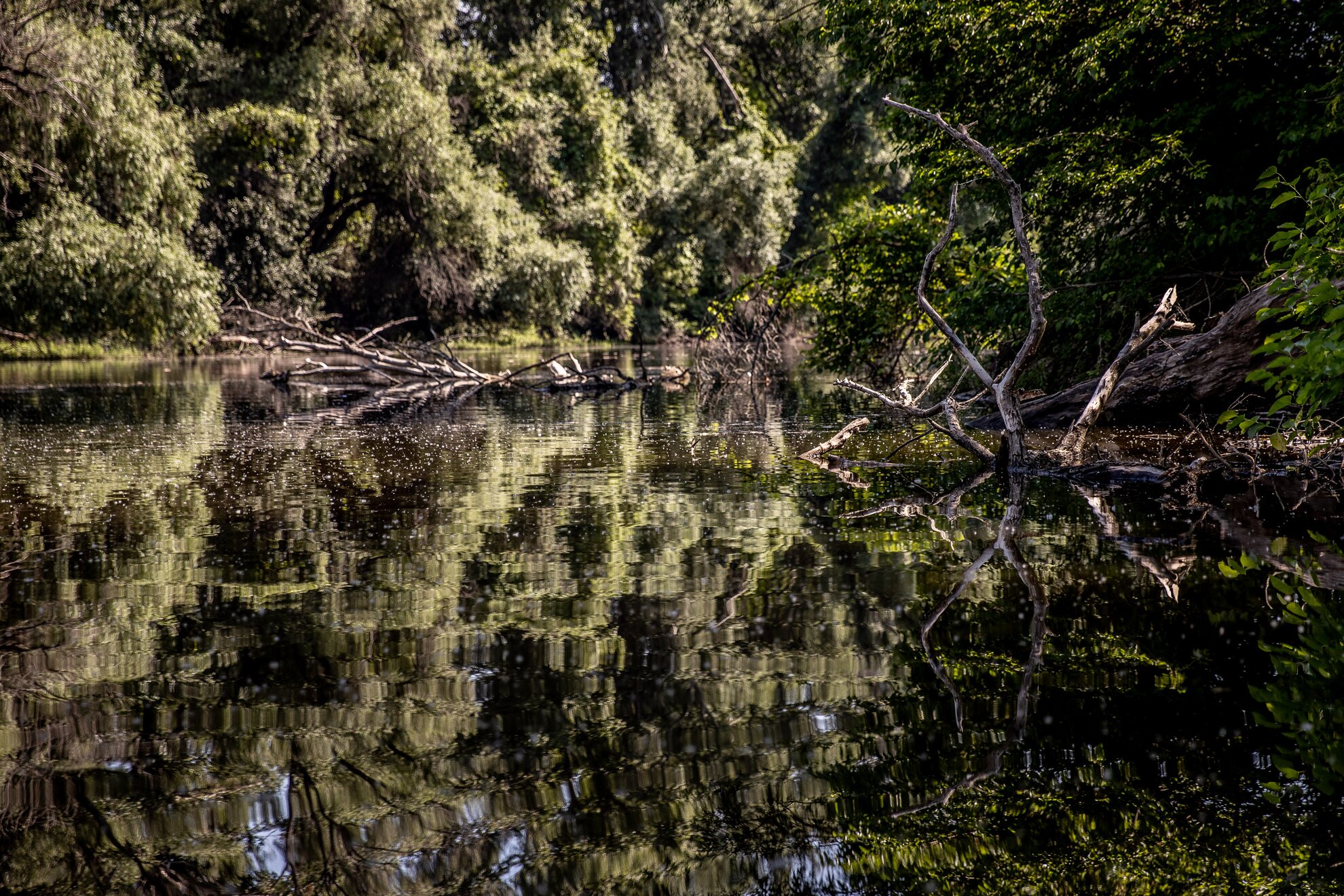
Today, Natura 2000 helps maintain biodiversity by protecting plants and wildlife. Your walk will be surrounded by trees typical of floodplain groves: white poplars, willows, mulberries and elms. The landscape is so untouched that if a tree falls down, it is returned to the cycle: new seedlings grow in its place and its trunk falls to dust.
Not only deer, but occasionally wild boar and beaver roam the island, though what’s really defining is the birdlife, 54 types in all, including grey heron.
Book your appointment for a tour of Hunyadi island with the Honvéd Fishing Association on 06 1 226 0044. It’s usually groups only, with free tours organised on Saturday mornings.
